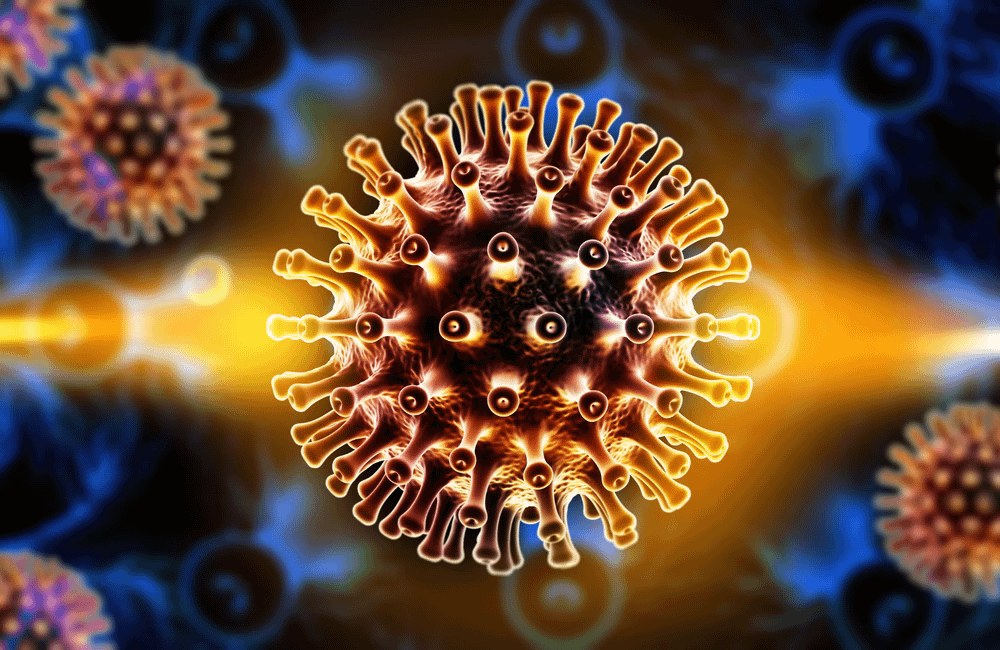Migraines are more than just headaches. For those who experience them, migraines can be debilitating, affecting every aspect of daily life. They’re not simply a fleeting discomfort but rather an intense neurological condition that impacts millions of people worldwide. In this blog post, we’ll explore what migraines are, their common triggers, symptoms, and some effective strategies for managing and preventing them.
What Is a Migraine?
A migraine is a complex neurological disorder characterized by recurring episodes of severe throbbing or pulsating pain, typically on one side of the head. Unlike tension headaches, which tend to feel like a dull ache, migraines often come with additional symptoms such as nausea, vomiting, sensitivity to light (photophobia), sound (phonophobia), and even smell. Some individuals also experience visual disturbances known as “aura” before or during a migraine attack.
Migraines affect approximately 12% of the global population, with women being three times more likely to suffer from them than men. Despite their prevalence, migraines remain poorly understood by many, leading to misconceptions and underdiagnosis.
Common Triggers of Migraines
While the exact cause of migraines isn’t fully understood, researchers believe they result from a combination of genetic and environmental factors. Certain triggers can provoke or worsen migraine attacks. These include:
- Hormonal Changes: Fluctuations in estrogen levels, particularly in women, are a well-known trigger. Many women report migraines around menstruation, pregnancy, or menopause.
- Dietary Factors: Foods containing caffeine, alcohol (especially red wine), aged cheeses, processed meats, and artificial sweeteners like aspartame may contribute to migraines in susceptible individuals.
- Stress: Emotional stress is a major culprit. The body’s response to stress can lead to muscle tension and changes in brain chemistry, both of which can trigger migraines.
- Sleep Disruptions: Both too little sleep and too much sleep can act as triggers. Maintaining a consistent sleep schedule is key to avoiding migraines.
- Environmental Stimuli: Bright lights, loud noises, strong odors, and weather changes can all set off a migraine episode.
- Physical Exertion: Intense physical activity or sudden movements can sometimes bring on a migraine.
- Medications: Certain medications, including oral contraceptives and vasodilators, have been linked to migraines.
Identifying your personal triggers through careful observation or keeping a headache diary can significantly help in managing migraines.
Symptoms of Migraines
Migraines usually progress through four distinct phases, though not everyone experiences all of them:
- Prodrome Phase: This occurs hours or days before the actual headache. Symptoms might include mood swings, food cravings, neck stiffness, frequent yawning, or increased urination.
- Aura Phase: About 25-30% of migraine sufferers experience aura, which involves sensory disturbances such as flashing lights, zigzag patterns, blind spots, or tingling sensations in the face or hands. Auras typically last between 20 minutes and an hour.
- Headache Phase: This is when the throbbing or pulsating pain begins, often accompanied by nausea, vomiting, and heightened sensitivity to stimuli. The pain can last anywhere from four to 72 hours if untreated.
- Postdrome Phase: After the headache subsides, individuals may feel fatigued, confused, or irritable. Some describe it as feeling “hungover.”
Managing and Preventing Migraines
While there’s no cure for migraines, several strategies can help reduce their frequency and severity:
Lifestyle Modifications
- Stay Hydrated: Dehydration is a common migraine trigger. Drink plenty of water throughout the day.
- Eat Regular Meals: Skipping meals can cause blood sugar drops, triggering migraines. Stick to a balanced diet rich in fruits, vegetables, whole grains, and lean proteins.
- Exercise Regularly: Low-impact exercises like walking, swimming, or yoga can improve overall health and reduce stress—a known migraine trigger.
- Practice Stress Management: Techniques like meditation, deep breathing, and mindfulness can lower stress levels and decrease the likelihood of migraines.
Medical Treatments
- Over-the-Counter Pain Relievers: Medications like ibuprofen or acetaminophen can provide relief for mild migraines. However, overuse can lead to rebound headaches.
- Prescription Medications: Triptans (e.g., sumatriptan) and ergotamines are commonly prescribed to treat acute migraine attacks. Preventive medications, such as beta-blockers, antidepressants, or anti-seizure drugs, may be recommended for chronic sufferers.
- Botox Injections: For those with chronic migraines (15+ headache days per month), Botox injections have shown promise in reducing frequency.
Alternative Therapies
- Acupuncture: Some studies suggest acupuncture can alleviate migraine symptoms and prevent future attacks.
- Biofeedback: This technique teaches you how to control physiological functions, such as heart rate and muscle tension, to manage migraines.
- Herbal Supplements: Butterbur and feverfew are two herbs that have been studied for migraine prevention, though consult a healthcare provider before trying supplements.
Create a Dark, Quiet Space
During a migraine attack, lying down in a dark, quiet room can help minimize sensory overload and promote relaxation.
When to See a Doctor
If you experience any of the following, seek medical attention immediately:
- Sudden, severe headaches unlike anything you’ve had before.
- Headaches accompanied by fever, stiff neck, confusion, seizures, or double vision.
- A change in the pattern or intensity of your headaches.
- Headaches after a head injury.
Conclusion
Living with migraines can be challenging, but understanding the condition and adopting proactive measures can make a world of difference. By identifying your triggers, making lifestyle adjustments, and working closely with healthcare professionals, you can take control of your migraines and reclaim your quality of life.
Remember, you’re not alone in this journey. Millions of others share your experience, and ongoing research continues to uncover new insights and treatments. With persistence and support, managing migraines becomes possible—and hope remains within reach.
Have you found success with a particular treatment or strategy? Share your story in the comments below—we’d love to hear from you!
Discover more from Pasindu Lakshan Perera
Subscribe to get the latest posts sent to your email.




